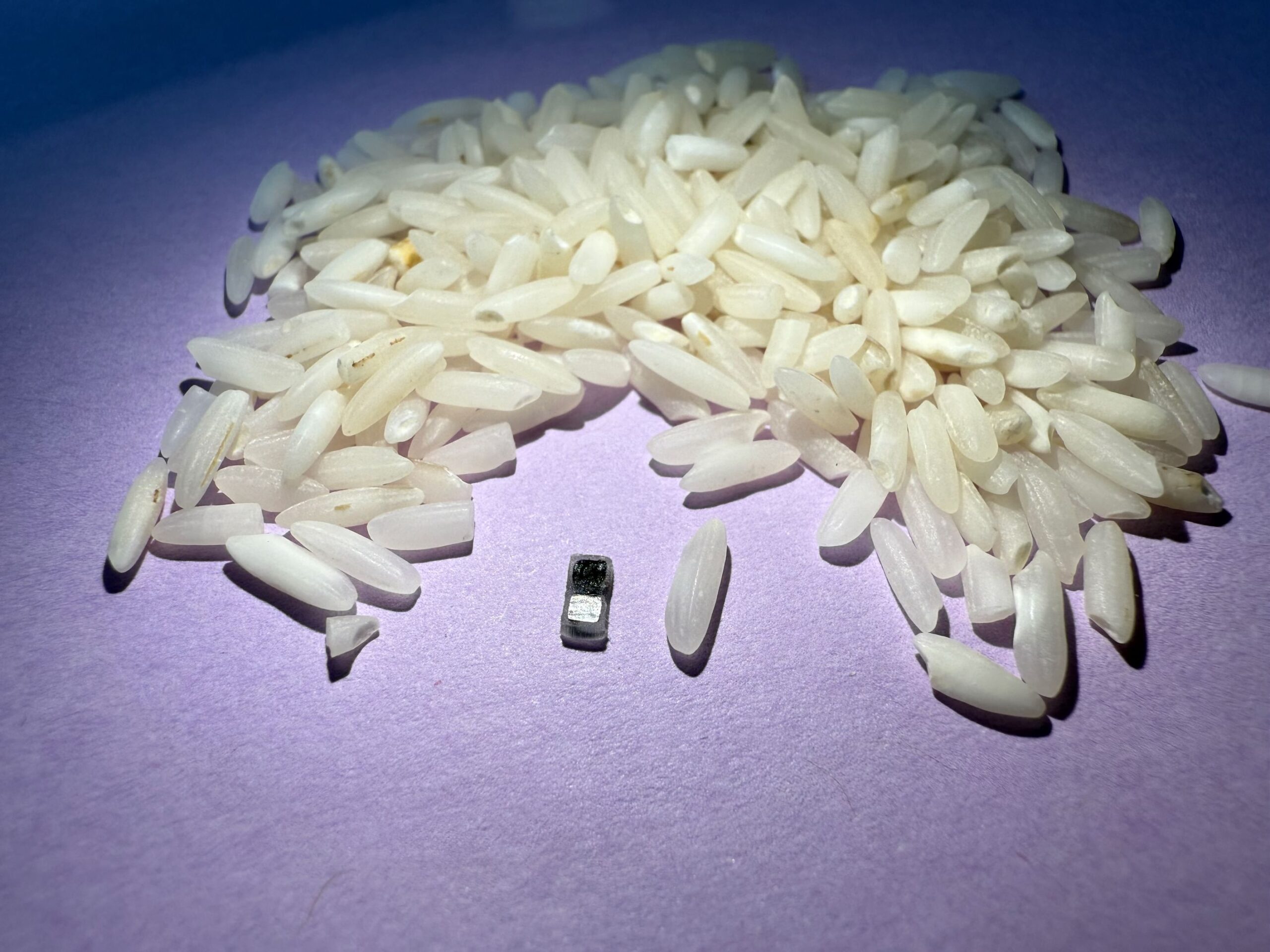Scientists from Northwestern University in the United States have created a groundbreaking pacemaker so small that it can fit into the tip of a syringe, allowing for non-invasive injection into the body. While it is capable of working with hearts of various sizes, the pacemaker is especially beneficial for newborns with congenital heart defects, whose hearts are particularly delicate.
The device, smaller than a grain of rice, is paired with a soft, flexible, and wireless wearable device that attaches to the patient’s chest. This device monitors the heart and detects irregular heartbeats. When it identifies an issue, it sends a light pulse through the skin, breastbone, and muscles to activate the pacemaker and regulate the heart’s rhythm.
One of the most innovative aspects of this pacemaker is that it is designed for temporary use. Once the device has fulfilled its purpose, it naturally dissolves in the body, eliminating the need for surgical removal. All of its components are biocompatible, ensuring it dissolves harmlessly into the body’s biofluids.
“We have developed what is, to our knowledge, the world’s smallest pacemaker,” said John A. Rogers, a bioelectronics expert at Northwestern and the lead developer of the device. “There’s a crucial need for temporary pacemakers in pediatric heart surgeries, and that’s a use case where miniaturization is incredibly important.”
Igor Efimov, an experimental cardiologist at Northwestern and co-leader of the study, explained that the primary motivation behind the development was to address the needs of children. “About 1% of children are born with congenital heart defects, regardless of their socioeconomic background. The good news is that most of these children only require temporary pacing after surgery. In about seven days, the heart generally heals on its own. But those seven days are critical. Now, we can place this tiny pacemaker on a child’s heart and stimulate it with a gentle wearable device, without the need for additional surgery to remove it.”
Efimov also pointed out the potential for using these pacemakers in various applications. “We can deploy several of these tiny pacemakers on the outer surface of the heart and control each one individually to ensure synchronized, functional care. We could also incorporate them into other medical devices, like heart valve replacements, which can sometimes lead to heart block.”
Rogers added that the device’s small size makes it highly adaptable. “This pacemaker can be integrated with almost any type of implantable device. We’ve even demonstrated how these pacemakers can work within the frameworks of transcatheter aortic valve replacements, activated as needed to manage complications during a patient’s recovery. This is just one example of how we can enhance traditional implants by adding more functional stimulation.”
The versatility of this technology opens up numerous possibilities in the field of bioelectronics, including potential applications in nerve and bone healing, wound treatment, and pain management.






